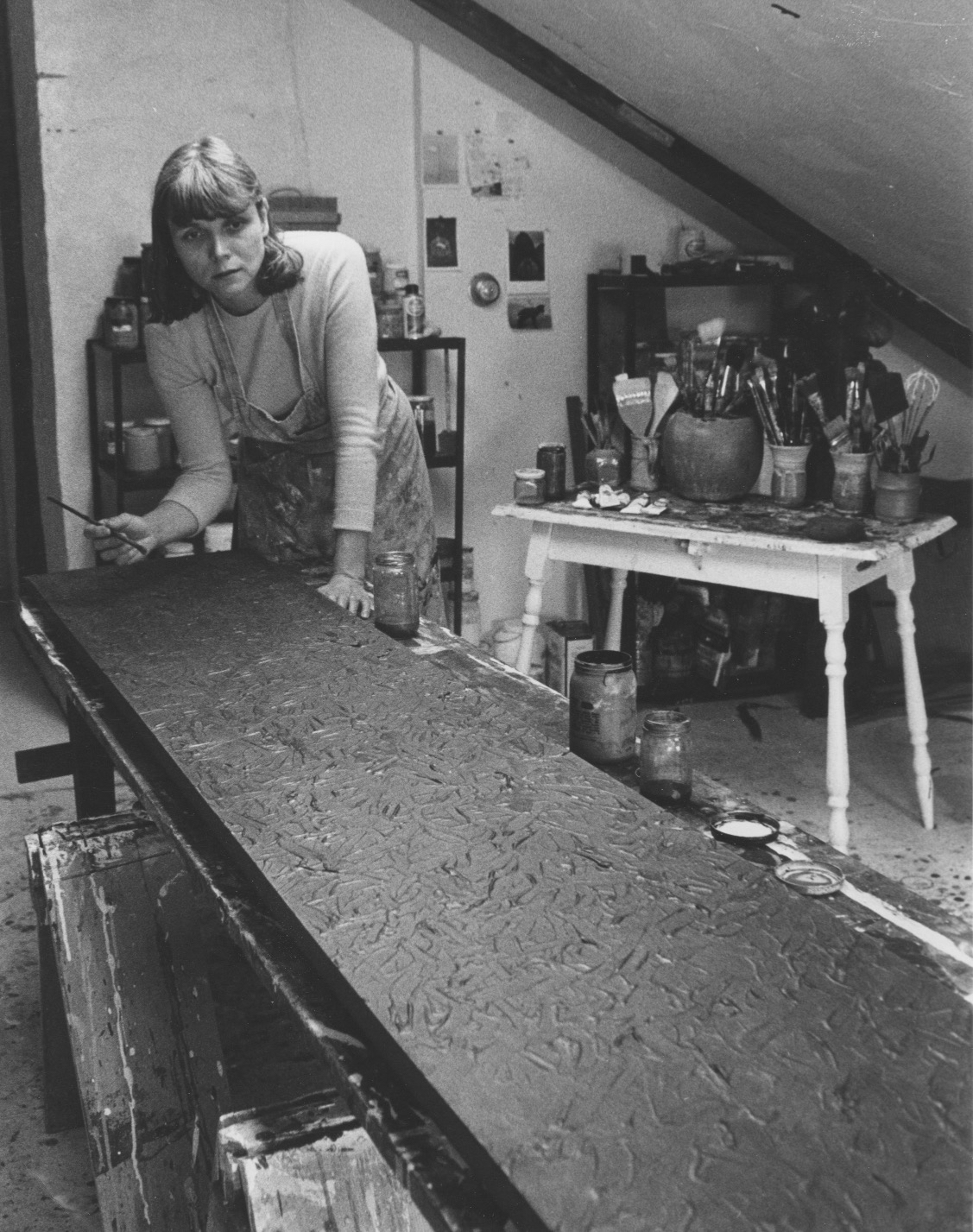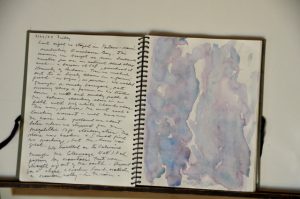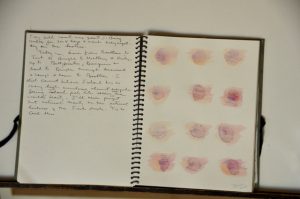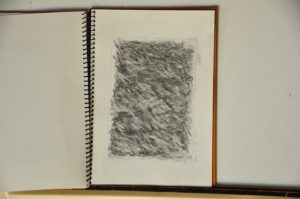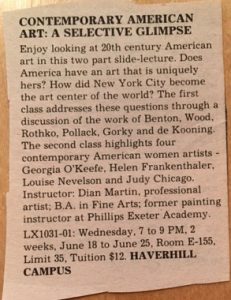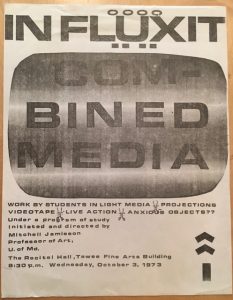Archives
THE VALUE OF AN ART DEPARTMENT
A few years ago the members of the National Education Association went on record with a resolution that stated: “The NEA believes that artistic expression is basic to an individual’s intellectual, aesthetic and emotional development.” And later in that report,”The NEA recognizes that the study of art, art history and art appreciation is as important to the development of a student as the study of mathematics, social studies or English.” Mary Futrell, at that time the president of the NEA, added: “Any aberration from that view not only jeopardizes the very balance of a school’s curriculum but threatens to undermine the very mission of our schools: the education of the total human being.” Our own school philosophy says “we seek to challenge students, to bring them to their fullest potential, to make them aware of their humanity, and prepare them for productive and satisfying lives by providing them with a broad liberal and practical education.”
The goals of the Manchester Art Department are threefold:
1. To encourage creative thinking, individual expression and a richer and broader view of the world.
2. To create a place where students may safely explore and define their own humanity.
3. To create appreciative and knowledgeable audiences for the arts.
The art department presently consists of: a 7th Grade Program, which teaches basic drawing, painting, sculpture and printmaking techniques. It is designed to challenge 7th graders and also to create a sense of success and accomplishment for each student. The 8th Grade Arts Program (which integrates art, music, dance and drama) is taught by two teachers and uses frequent guests for the areas of dance and drama. Students are taught a basic arts vocabulary and encouraged to see the connections between the arts. The Art One class is a foundations course designed to refine the sensibilities of seeing and the skills needed to express this in an original manner. Drawing, color theory, sculpture techniques and printmaking are areas covered in this one year class. Painting class teaches advanced color theory and an exploration of various traditional and contemporary techniques and styles (with an emphasis on developing one’s own style). In the Sculpture class students explore the three ways to make sculpture using a wide variety of media. The emphasis is on what elements must be present in a sculpture for it to be successful as a work of art. Portfolio/Advanced Placement is for those serious students who have taken the other high school classes and wish to create a portfolio for admission to college or for their own purposes. Advanced Placement students may gain college credit for the successful completion of a portfolio as reviewed by the College Board.
We must consider expanding our art curriculum to include an art history class, a design and drawing class, create an arts department and above all, to make one year of the arts necessary for high school graduation.
Art has a significant advantage over other disciplines because students work side by side and see what other students are doing and thinking. They have the opportunity to analyze, criticize and evaluate. They observe different approaches and solutions. They question one another, make suggestions and show insights and viewpoints. In other words, they are learning through constructive criticism based on mutual respect. This is encouraged in the formal critiques that occur after each project. The purpose of these critiques is:
1) teach and encourage critical self-evaluation,
2) encourage is sensitive and knowledgeable seeing,
3) to expand the knowledge and use of an art vocabulary,
4) teach students how to look at and evaluate art work in museums and galleries
5) to encourage the viewing of art from an informed, objective viewpoint and
6) to create an atmosphere where criticism is viewed as constructive and helpful and a natural, essential part of the creative process.
This creates a sense of community and establishes high standards of excellence. The production of art requires thinking critically, solving problems and making decisions. It involves risktaking, experimentation, weighing meanings and making evaluation, intuition, perseverance. It includes making informed judgments, working cooperatively in a group and independently, appreciating other viewpoints and imagining and creating, expressing one’s self and developing cultures, self-esteem and self-discipline. These are the tools students will need in the 21st century. When students care about quality they develop a healthy attitude toward work. When they care about their ideas and their work, education is given back to them, pride replaces apathy and students develop a high self esteem. Faith in one’s self is apathy essential to creative thinking and solutions. Students who work for creative satisfaction more than grades become adults who have values, who celebrate learning and wisdom more than wealth. History shows us that we have a strong need to create. We have only to remember the wonderful cave paintings done thousands of years ago or read about an archeological dig to be reminded that we have been making art before we could read or write. It also shows us that art whether it is a performance or fine art, gives a tingle to our spine or a dull ache in our solar plexus because great art has the capacity to recreate who we are. Through architecture, painting, drawing, printmaking and sculptures, we see how we have expressed our spirits, exercised our hearts and fulfilled our own nagging intellectual curiosity. We sometimes call this our civilization or our humanity.
Today we need, more than ever, a place to support students in creative dreaming. For it is in such great dreaming that our civilization and our humanity are created.
Dian Benson, 1991
